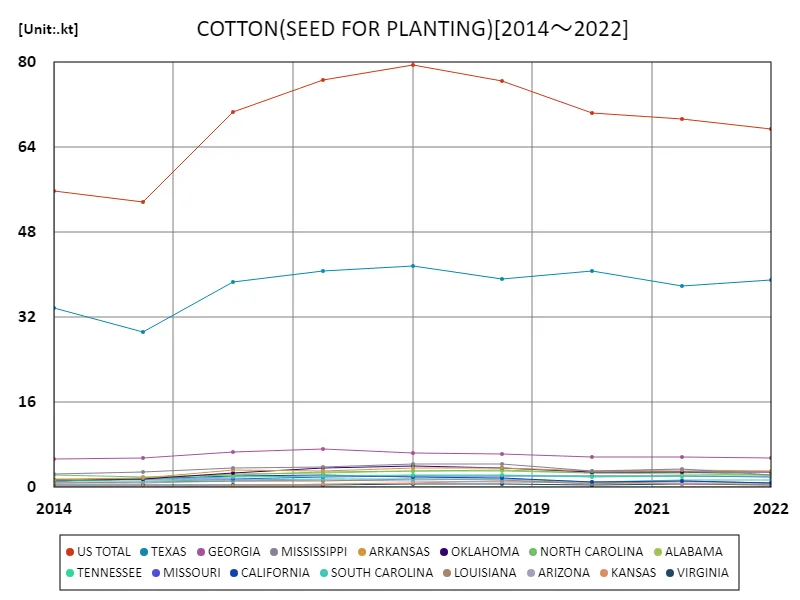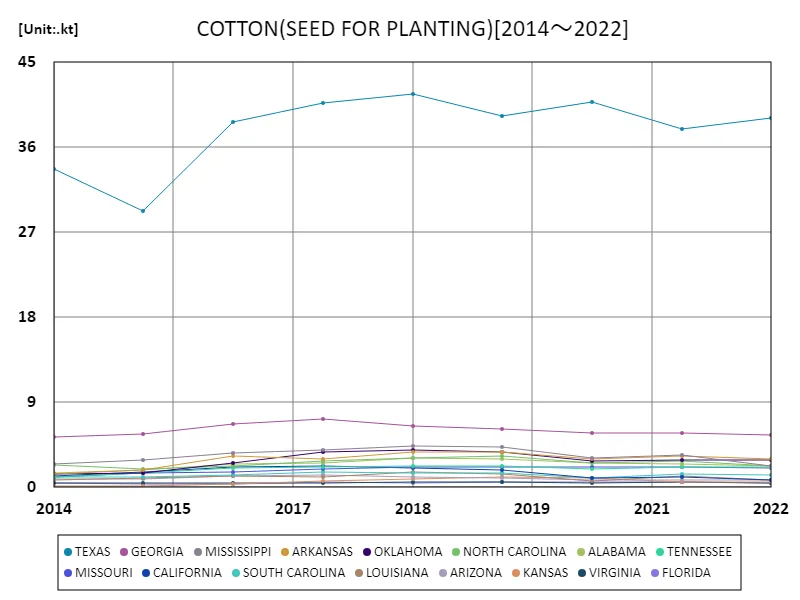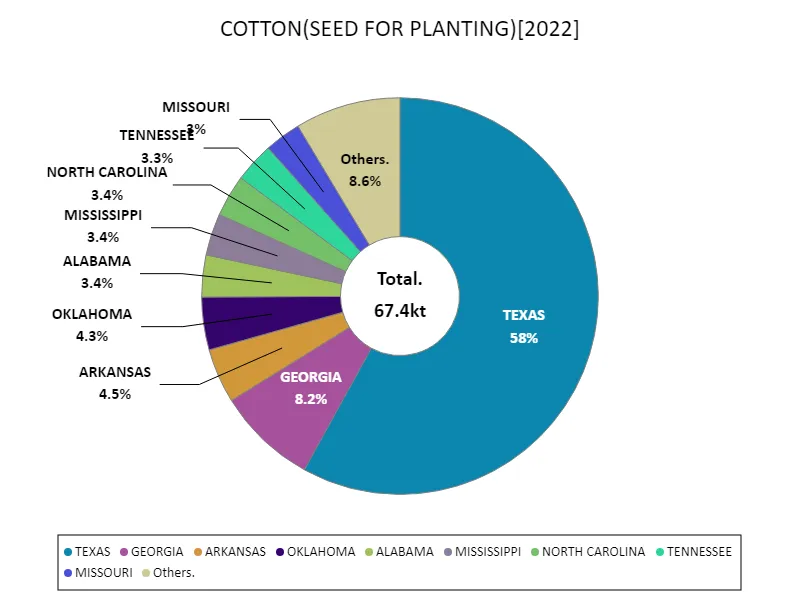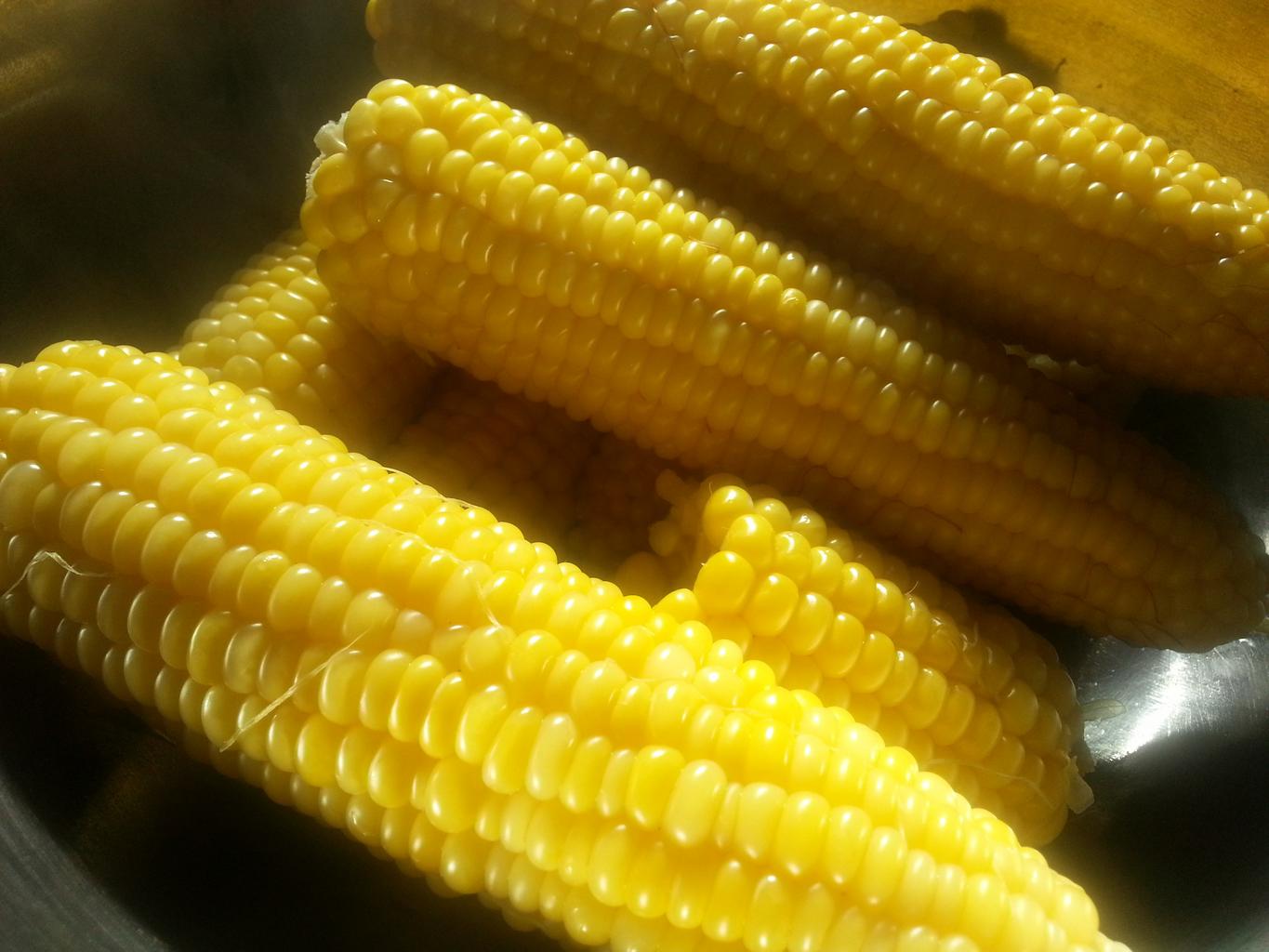Abstract
The United States is one of the world’s leading corn producers, and production remains stable and high. In particular, recent trends have shown an increase in annual harvests due to the expansion of cultivated area and the introduction of efficient agricultural techniques. Record production of 130mt in 2023 reflects this trend. The success of American corn production is due to rich soil conditions and climate, as well as genetic engineering and efficient use of fertilizer. Additionally, market demand and export stability are also important factors for producers. The combination of these factors has led to sustainable growth in American corn agriculture.
Annual yield of corn
Corn production in the United States has a long history and has boasted stable, high production volumes, especially in recent years. Looking at data from 1919 to 2023, U.S. corn production has increased significantly, especially due to advances in agricultural technology and more efficient management. It peaked at 135mt in 2020 and has remained at a high level since then, although there has been a slight downward trend in recent years. This is influenced by fluctuations in weather conditions and market demand. In addition, the introduction of genetic engineering technology has contributed to improving yields and is playing an important role in sustainable agricultural production. American corn has a wide range of uses, from food to energy, and its stable production contributes to domestic and international security.


The maximum is 79.5kt[2018] of US TOTAL, and the current value is about 84.8%
Annual corn yield (50 US states)
Corn production in Wisconsin has long played a key role in America’s agricultural landscape. Data from 1919 to 2023 shows that maize production in the state has grown steadily, peaking in 2020 at 20.2mt. In the ensuing years, production has declined and is currently at 81.3% of its peak. This decline is partly explained by better management due to changing climatic conditions and advances in agricultural techniques. In recent years in particular, the importance of sustainable agriculture has increased, and there is a demand for stabilizing production volumes. Additionally, the introduction of genetically modified technology and efficient use of fertilizers are important factors in Wisconsin corn agriculture. This is moving the state’s agricultural production towards more efficient and sustainable growth, but market demands and the impacts of climate change still need to be addressed.


The maximum is 41.6kt[2018] of TEXAS, and the current value is about 94%
Annual corn yield (50 US states, latest year)
American corn production is characterized by its diversity and stability. Data for 2023 shows overall production at 130mt, with an average of 2.71mt, but with wide variations across individual states and regions. Wisconsin recorded the highest yield at 16.4 mt, reflecting the region’s climatic conditions and agricultural techniques. The success of American corn farming is due to genetic engineering and efficient use of fertilizer. Production volumes also tend to be adjusted in response to fluctuations in market demand. In recent years, there has been growing concern about the effects of climate change, and agricultural sustainability is becoming increasingly important. American corn has a wide range of uses, from food and feed to an energy source, and its stable production contributes to domestic and international security. Moving forward, technological innovation and promoting sustainable agricultural practices will remain key to the growth and stability of the U.S. corn industry.


The maximum is 39.1kt of TEXAS, the average is 3.96kt, and the total is 67.4kt



Comments